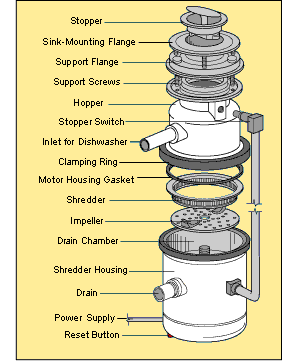The loudspeaker was invented by
Johann Philipp Reis in 1861 and installed in a telephone. This first invention was flawed and produced a muffled noise, and was ultimately revised by
Alexander Graham Bell, who patented his invention in 1876 and then further improved by
Ernest Siemens in 1877. These were a series of air compressed speakers. Then in 1898,
Oliver Lodge produced the first ever moving-coil speaker. However, modern moving-coil speakers as we know them were patented by
Chester W. Rice and Edward W. Kellogg in 1924. Their new model allowed the resonance of the moving system to be below the frequency
where the cone's radiation impedance becomes uniform. These loudspeakers primarily used electromagnets since the larger, more powerful magnets were generally too expensive.
Early Model of Loudspeakers
Headphones were invented by Utahn engineer
Nathaniel Baldwin on his kitchen table in 1910. His model, while rejected by skeptical private investors, was used by the
US Navy who bought 100 pairs. Unfortunately, Baldwin lost his fortune supporting the break-off fundamentalist Mormon movement in Southern Utah. However, his invention went forward in WWII and was primarily used in the military until present day when headphones are commonly used to listen to videos and music on a computer, phone, or other portable electronic device.
First Ever Headphones
Both Loudspeakers and Headphones convert electrical signals into sound waves. The music score in question sends an
alternating electric current through the cables to the drivers, which are miniature speakers located inside of the headphones. Then the signal is sent through a voice coil in the driver, which is what ultimately generates a magnetic field. The voice coil then attracts and repels the alternating current from the magnet. It moves back and forth between
20 to 20,000 times per second depending on the sound wave it is producing. Headphones are essential two miniature loudspeakers that only have to deliver the volume of air
inside your ear canal.


 The scrapyard crane uses electricity and magnets to charge the magnets. The magnets are supercharged by electricity and this makes them incredibly strong. The diagram below shows the how the magnets work. Please watch the video linked below to see this in action.
The scrapyard crane uses electricity and magnets to charge the magnets. The magnets are supercharged by electricity and this makes them incredibly strong. The diagram below shows the how the magnets work. Please watch the video linked below to see this in action.
















